Come play at the RIBA’s Brutalist Playground by Assemble and Simon Terrill
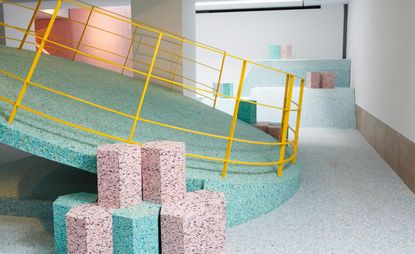
Summer is synonymous to playing outside and in keeping with the season, an exciting new exhibition at London's RIBA headquarters looks into contemporary issues surrounding play through a decidedly architectural lens. The brainchild of recent Turner Prize-nominees Assemble, the 2010-established architecture and design collective based in East London, and artist Simon Terrill, The Brutalist Playground is a comment, or homage, to the playgrounds built for mid-twentieth century housing, which are now largely considered unsuitable for play.
Traditionally cast in concrete, a material today near-unthinkable for a children's playground, the complexes are often beautiful, sculptural pieces, evoking 'a disappearing world of concrete mazes and windswept walkways' as Terrill explains. The team documented these abstract compositions, scattered in various London locations. References include estates such as Churchill Gardens in Pimlico and the Brownfield Estate in Poplar. The team worked closely with the RIBA collections to project archive images of the original playgrounds on the walls.
Examining the playgrounds of post-war urbanity, the display is a landscape of shapes and colours - and one that the visitor can explore first hand, as guests are invited to take their shoes off and jump into the exhibit. There are steps, a tower and mini bollard-stools, as well as a 'flying saucer', echoing the one at Churchill Gardens, which, the team reveals, 'is what started the exhibition'. 'These structures are immobile and it is the movement of the visitors that makes them exciting,' says Assemble's Jane Hall.
The exhibition, described by the RIBA as 'part-sculpture, part-architectural installation', takes over the entire Architecture Gallery. Created out of chip foam, it looks rigid and hard, but up-close feels soft and welcoming. As such, it plays with ideas of safety and risk-taking on the playground. 'It is a bit tongue in cheek but we played by the rules,' says Assemble's Joe Halligan. 'Is risk a bad thing?' he asks.
A wide-ranging public program of talks, debates, film screenings, workshops and events for families will accompany the show, which is also an official part of the 2015 London Festival of Architecture.

The show features abstract shapes that reference existing London playgrounds, such as the 'flying saucer', found in Pimlico's Churchill Gardens by Powell and Moya. Images for RIBA
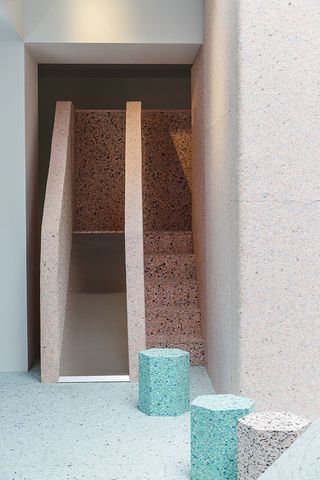
It may seem hard, at first glance, but the installation is in fact soft and welcoming, clad in foam. Images for RIBA

Visitors are encouraged to take their shoes off and explore the installation first hand. Images for RIBA

Paying homage to London's mid-20th-century housing estates' playgrounds, the installation will be on view throughout the summer. Images for RIBA

The Balfron Tower's concrete playground provided inspitation for the team.
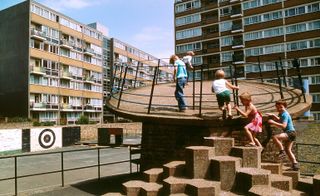
The Churchill Gardens estate in West London has one of the capital's most recognisable modernist playgrounds.
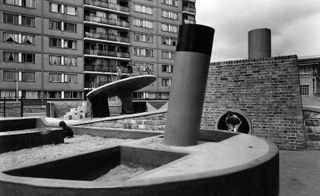
Churchill Gardens' 'flying saucer' is echoed in the installation's structure.
ADDRESS
Architecture Gallery at RIBA
66 Portland Place
London, W1
Wallpaper* Newsletter
Receive our daily digest of inspiration, escapism and design stories from around the world direct to your inbox
Ellie Stathaki is the Architecture & Environment Director at Wallpaper*. She trained as an architect at the Aristotle University of Thessaloniki in Greece and studied architectural history at the Bartlett in London. Now an established journalist, she has been a member of the Wallpaper* team since 2006, visiting buildings across the globe and interviewing leading architects such as Tadao Ando and Rem Koolhaas. Ellie has also taken part in judging panels, moderated events, curated shows and contributed in books, such as The Contemporary House (Thames & Hudson, 2018), Glenn Sestig Architecture Diary (2020) and House London (2022).
-
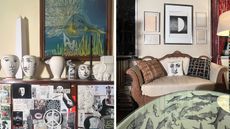 At home with Barnaba Fornasetti
At home with Barnaba FornasettiBarnaba Fornasetti invites us into Casa Fornasetti, a private residence and creative hub, as he carries on its founder’s perpetual exploration of creativity and design
By Maria Cristina Didero Published
-
 Niceworkshop explores the cycle of industrial materials at Milan Design Week
Niceworkshop explores the cycle of industrial materials at Milan Design WeekSeoul-based Niceworkshop caught the design world’s attention with its inaugural collection dedicated to the humble bolt. Now, with its first solo showing at Capsule Plaza, the studio aims to disrupt the life cycle of industrial materials with an exploration into aluminium formwork
By Laura May Todd Published
-
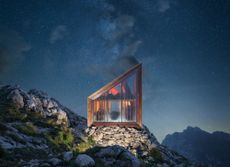 The visual feast of the Sony World Photography Awards 2024 is revealed
The visual feast of the Sony World Photography Awards 2024 is revealedThe Sony World Photography Awards 2024 winners have been revealed – we celebrate the Architecture & Design category’s visual artists
By Ellie Stathaki Published
-
 Green House crowned RIBA House of the Year 2023
Green House crowned RIBA House of the Year 2023RIBA House of the Year 2023 has been awarded to Green House in London by Hayhurst & Co
By Ellie Stathaki Published
-
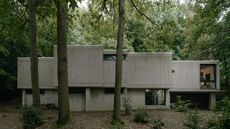 This 1970s brutalist house in Belgium has a new life as a designer’s home and studio
This 1970s brutalist house in Belgium has a new life as a designer’s home and studio1970s brutalist house Villa Stuyven is now home to creative couple Bram Kerkhofs and Lore Baeyens, providing a concrete-lined backdrop to a life of design and collaboration
By Jonathan Bell Published
-
 The finest brutalist architecture in London and beyond
The finest brutalist architecture in London and beyondFor some of the world's finest brutalist architecture in London and beyond, scroll below. Can’t get enough of brutalism? Neither can we.
By Jonathan Bell Published
-
 Best of brutalist Italian architecture chronicled in new book
Best of brutalist Italian architecture chronicled in new bookBrutalist Italian architecture enthusiasts and concrete completists will be spoilt for choice by Roberto Conte and Stefano Perego’s pictorial tour
By Jonathan Bell Published
-
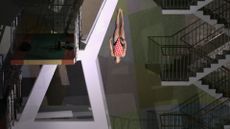 RIBA’s architecture film screenings promise a cinematic summer
RIBA’s architecture film screenings promise a cinematic summerReach for the popcorn! The RIBA in London has a series of architecture film screenings in the works, ensuring the summer unfolds with plenty of cinematic drama and fun
By Harriet Thorpe Published
-
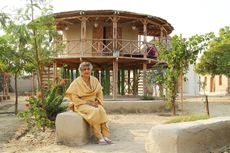 Yasmeen Lari celebrated with RIBA Royal Gold Medal 2023
Yasmeen Lari celebrated with RIBA Royal Gold Medal 2023Pakistan’s Yasmeen Lari has been presented with the RIBA Royal Gold Medal 2023 this week, marking her celebrations as this year’s architecture honour recipient
By Ellie Stathaki Published
-
 A show on British cooling towers explores these sculptural giants
A show on British cooling towers explores these sculptural giants'British Cooling Towers - Sculptural Giants' is a new exhibition created by Twentieth Century Society (C20 Society) and Margaret Howell, presented during the London Festival of Architecture 2023
By Ellie Stathaki Published
-
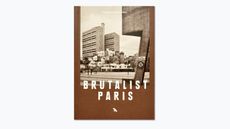 ‘Brutalist Paris’ is a book that lays bare the legacy of the city’s concrete architecture
‘Brutalist Paris’ is a book that lays bare the legacy of the city’s concrete architectureArchitectural cartographer Blue Crow Media launches ‘Brutalist Paris’, its first book, a photographic study of the French capital’s surviving brutalist treasures and concrete impasses
By Jonathan Bell Published